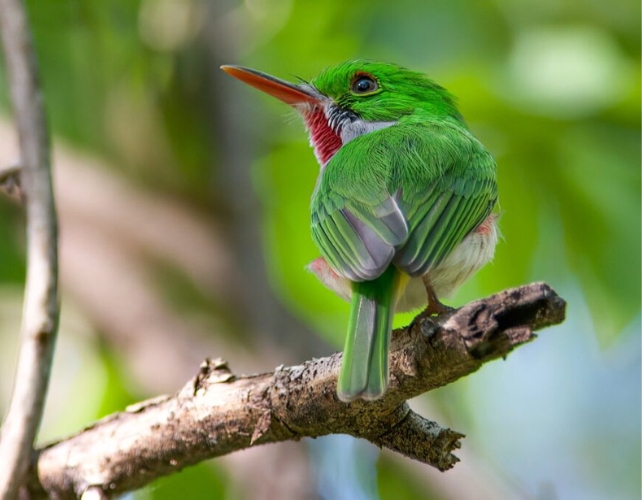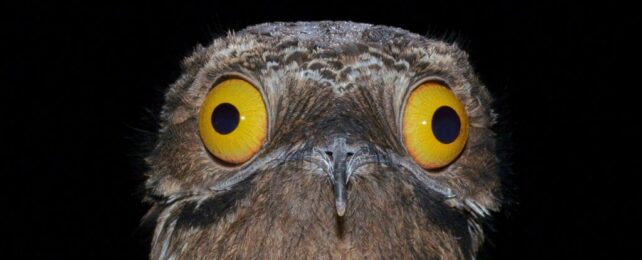A rock that smashed violently into our planet some 66 million years ago changed the course of life on Earth.
The chain reaction of changes across the globe marked the end of days for the giants that roamed. Non-avian dinosaurs disappeared into the fossil record – but their demise opened the way for other forms of life to rise and thrive.
Not long after the impact, the earliest ancestors of today's birds emerged. And now, scientists have found traces of the catastrophe in birds' genomes – dramatic changes wrought by the mass extinction event that allowed birds to diversify, becoming the wildly successful and varied class of animals that fills our world today.
"By studying the DNA of living birds, we can try to detect patterns of genetic sequences that changed just after one of the most important events in Earth's history," says ornithologist Jake Berv of the University of Michigan.
"The signature of those events seems to have imprinted into the genomes of the survivors in a way that we can detect tens of millions of years later."
The impact of a huge asteroid slamming into what is now the Yucatán Peninsula in Mexico was devastating. Now known as the Cretaceous-Paleogene extinction, it wiped out an estimated 76 percent of all animal life on Earth.
That colossal loss left a vacuum that was filled rather quickly by the life that survived, evolving and diversifying to establish a place within the recreated world. Avian dinosaurs changed dramatically, becoming the 10,000 or so species of birds that we see around us today.
Now, when an animal changes through evolution, there can be shifts in the composition of DNA in its genome.
The fundamental building blocks of DNA – nucleotides – are composed of four different bases, labeled A, C, G, and T. The ratios of these nucleotide bases within the genome can shift, resulting in changes to the development of the critter.
Previous studies of the evolution of birds had assumed a fixed DNA composition that was not able to change. Using newly developed software, the researchers were able to relax this assumption, operating under a paradigm that did allow for nucleotide-base ratio shifts.
Berv and his colleagues used this software to analyze the differences in the genome between all the major groups of birds. This allowed them to identify shifts in the genome composition since the Cretaceous-Permian extinction.
They focused their efforts on the 5 million-year period immediately following the asteroid impact, and found that the extinction event produced several significant shifts in the avian genome within 3 to 5 million years.
These changes specifically had to do with the size of the adult bird, their metabolism, and how they developed as hatchlings.
For example, birds ended up being significantly smaller than avian dinosaurs as adults. And there was a shift towards smaller, weaker babies, born without feathers and requiring a period of intense parental care. There are some birds today that don't need this care, like ducklings and chickens, a trait known as precociality, and there's evidence for it in avian dinosaurs.
"We found that adult body size and patterns of pre-hatching development are two important features of bird biology we can link to the genetic changes we're detecting," Berv says.
"As far as we know, changes in DNA composition have not been previously associated with the end-Cretaceous mass extinction in such a clear way."

Previously, compositional changes in DNA have not been closely examined in the context of a mass extinction. And yet we know that mass extinctions can have a dramatic effect on the world, changing entire ecosystems and their relationships, as well as the relationships between the organisms within them.
This study indicates that there are depths to the changes we have yet to plumb.
"Our study emphasizes that these extinction events can actually influence organismal biology even more profoundly – by altering important aspects of how genomes evolve," says paleontologist Daniel Field of the University of Cambridge in the UK.
"This work furthers our understanding of the dramatic biological impacts of mass extinction events and highlights that the mass extinction that wiped out the giant dinosaurs was one of the most biologically impactful events in the entire history of our planet."
The research has been published in Science Advances.
